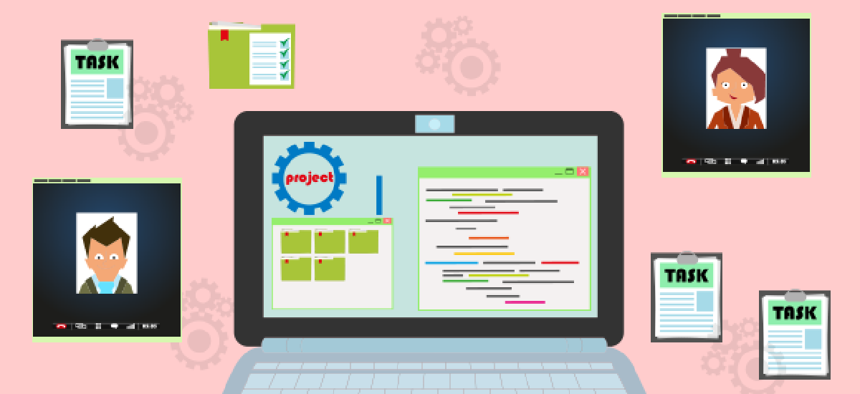Keeping mobile employees on track

Agencies must not only authenticate users and track their devices and locations, but also give their teleworkers the skills and workflows they need to leverage the technology.
In equipping its employees for telework, the U.S. Patent and Trademark Office took a full-services approach. It provided its many home-office-based workers with a virtual set of tools that duplicate what is available to workers at USPTO headquarters.
The agency was able to outfit enough of its patent examiners for full-time telework that it could maintain staff productivity without having to expand its real estate footprint.
“That’s one extreme of teleworking, where workers aren’t necessarily mobile but are working out of their home offices,” said Cisco Federal CTO Dan Kent, whose company supported the project.
The other extreme is the fully mobile employee who works on a laptop or smartphone and uses a limited set of productivity apps. In that case, teleworkers will need “some type of software on their devices that will create a secure tunnel,” Kent said.
Between those levels of service, additional support might be necessary to authenticate, manage and secure applications used by teleworkers in a way that is more finely tuned to individual users, their devices and the context in which they work.
As teleworkers go mobile, agencies increasingly want to track the devices they are using, the software patches and workforce policies that are required, and the locations from which teleworkers are logging into the network.
“We want to do more than just a secure [virtual private network],” Kent said. “We want to authenticate you. We want to authenticate your device and understand the context of your telework. As you go more mobile with your laptop and phone, I want to know [how] you’re connecting to my network.”
By tracking those user attributes, agencies can control individual teleworkers’ access to applications on the network and at the data center. “I might not give you any access except email, or I can give you access to these three applications because they’re low impact, or I might give you full access,” Kent said.
He added that administrators can control the decisions via a policy-based identity services engine, which manages authentication and identification.
“Five years ago, it was all about ‘give me a VPN,’” Kent said. “Now we’re getting much more granular with the security and the access controls. Even when you get your VPN and connect in, we can track not only who you are but where you are and what you are using on the network.”
The telework toolbox
Managers are turning to a number of mobile tools that are rapidly becoming the standards for workflow collaboration. Those tools typically bundle texting, chat, telepresence and videoconferencing so that workers from different locations can tap into one or more conversations at any given time.
Today, most agencies have some form of web-based conferencing capabilities, and more companies are adding a video component to their offerings, said Rich Costello, a senior research analyst at IDC.
Cisco, Microsoft and Avaya offer options for messaging in their desktop and full-room videoconferencing tools as well as telepresence, the high-definition collaboration and remote meeting technology. Telepresence is integrated into Cisco’s WebEx platform for desktop conferencing and whiteboard sharing. In addition, “personal telepresence” systems are available in small, medium and large formats.
Agencies and workgroups are choosing a variety of tools based on their financial and technical requirements. For example, Fairfax County employees use Microsoft Skype for Business, which is available on their desktops.
The tool is a valuable “productivity enhancement for facilitating training sessions and collaborating on projects and interfacing with partners,” Fairfax County CTO Wanda Gibson said.
Agencies also use the tools to bridge cultural and age differences among employees. Cross cited the case of a manager at the Office of Personnel Management who was supervising a 72-year-old and a 20-year-old staff member in the same workgroup.
In today’s telework-enabled environment, “you really have to meet people where they’re at…enabling options but also giving them skills and comfort levels to use the technology,” she added.
Developers are also creating systems designed to streamline and customize agency telework flows and features.
NetComm, a small company that for the past 30 years has been developing data visualization and electronic forms primarily for the National Institutes of Health, has begun designing forms for the agency’s telework managers.
Clients want a range of features, including reports on who has not turned in telework forms. Others want to be able to approve telework forms on the fly via their mobile devices.
“Our solution set is really for telework,” Netcomm’s chief growth officer Louise Marie White said. “We actually meet with each organization at NIH and tailor that workflow exactly to what they want to see.”
“Even though they have certain standards they have to adhere to, they all want something just a little bit different.”





